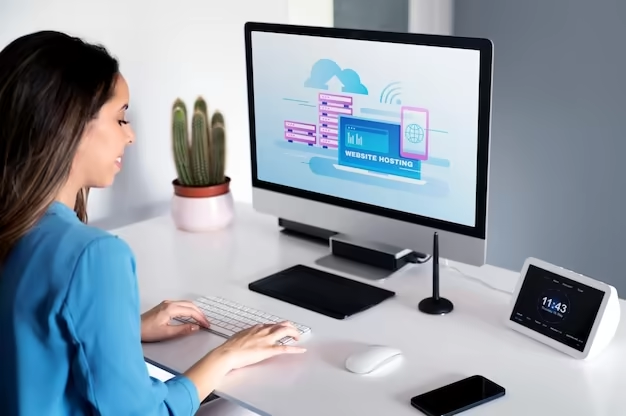As more organizations adopt remote and hybrid work, HR and IT departments must collaborate more closely than ever. HR is tasked with onboarding, engagement, and culture-building, while IT ensures employees have the tools and support they need to stay productive and secure.
When these functions operate in isolation, delays, miscommunication, and employee frustration can follow. But with the right technology, particularly remote desktop tools, HR and IT can work in sync to support a seamless remote-first culture.
The HR–IT Connection: Why It Matters
HR and IT play complementary roles in shaping the employee experience. However, their lack of coordination can lead to:
- Delayed device setup and access during onboarding,
- Prolonged technical issues that disrupt training and productivity,
- Gaps in data security or compliance efforts.
Building a successful remote-first workplace depends on integrated systems and open communication. Remote desktop technology can be a vital bridge between these departments.
Challenges in Remote-First Workplaces
1. Communication Silos
Without face-to-face interaction, it’s easy for HR and IT to work in parallel without alignment. This can lead to slower resolutions and unclear ownership of problems.
2. Onboarding Delays
A technical setup that isn’t completed before a new hire’s start date leads to idle time, poor first impressions, and disengagement.
3. Compliance and Security Gaps
Inconsistent access tools can create vulnerabilities in how employee data is managed or supported remotely.
The Role of Remote Desktop Technology
Remote desktop tools allow IT teams to access and control an employee’s computer from a different location. These solutions are especially valuable in distributed teams where quick, secure support is needed without the complexity of traditional infrastructure.
Key advantages of remote desktop solutions include:
- Real-time issue resolution, no matter the employee’s location.
- Pre-onboarding device configuration, allowing IT to set up systems in advance.
- Minimized disruptions during virtual training or support sessions.
- Improved IT responsiveness, with fewer dependencies on physical access.
When implemented effectively, these tools help IT deliver fast and consistent support while freeing up HR to focus on the people side of remote work.
A Simpler Approach with HelpWire
HelpWire offers a streamlined take on remote desktop access, making it particularly suitable for HR–IT collaboration in fast-moving organizations.
What sets HelpWire apart:
- No installation complexity: IT sends a single connection link. The remote user simply opens it and starts the app. There are no codes, installations, or settings to configure.
- Unattended access support: IT can configure and troubleshoot devices without the employee being present—ideal for onboarding.
- Multi-monitor support: Helps in resolving more advanced technical issues or software-specific setups.
- Bank-level security: Uses AES-256 encryption and TLS/SSL protocols for safe data transmission.
While it doesn’t offer session logging or analytics, HelpWire’s speed, simplicity, and security make it a strong candidate for enabling cross-functional support in remote teams.
Real-World Scenarios for HR–IT Collaboration with Remote Tools
Streamlined Onboarding
IT configures devices before new employees receive them, allowing new hires to start work without tech delays.
Live Support During Training
If a new hire experiences technical issues during a virtual session, IT can connect instantly, troubleshoot in real time, and keep the session on track.
Data-Secure Assistance
With encrypted remote access, IT can assist without compromising HR’s responsibility to protect sensitive employee data.
Best Practices for Remote HR–IT Collaboration
To make the most of remote desktop tools:
- Pilot with a small team to fine-tune workflows before a company-wide rollout.
- Define clear ownership of support requests between HR and IT.
- Document procedures for setup, support, and escalation.
- Schedule periodic reviews to assess tool effectiveness and gather feedback.
Conclusion
Remote desktop technology is more than a support tool—it’s a strategic asset for building a remote-first culture. When HR and IT collaborate using the right solutions, they can create a seamless, secure, and responsive environment for employees working anywhere.
By choosing simple and effective platforms like HelpWire, organizations can reduce setup time, resolve issues quickly, and ensure that support never gets in the way of productivity or engagement.



